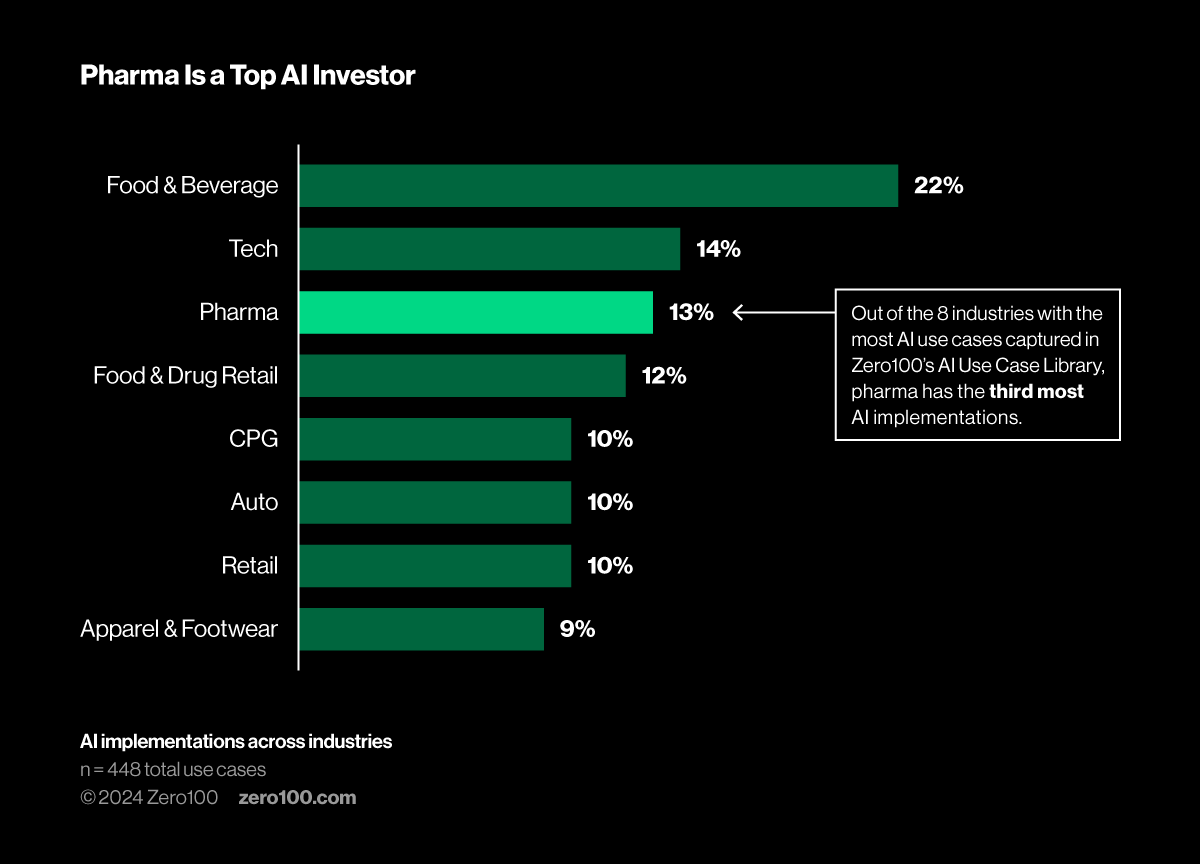

AI/ML in Pharma: Emerging Priority Areas & Key Initiatives
The pharma industry has demonstrated its commitment to increasing the efficiency and accuracy of its supply chains through AI by investing in talent and launching initiatives across all functional areas. The industry stands out in its approach to network strategy improvements as well as product development and optimization.
Key Takeaways
-
1
Network strategy has emerged as an up-and-coming priority for the pharma industry when it comes to investing in AI/ML, especially compared to other industries. Over a quarter of pharma companies (26%) mention the skill set in job posts – this is nearly triple the number of mentions, on average, in all supply chain job posts.
-
2
AI implementation relating to product development and optimization make up the vast majority of pharma use cases, representing a quarter of all pharma use cases within our AI library.
Pharma companies continue to aggressively seek out AI/ML skills across supply chain roles, demonstrating the industry’s commitment to building out the digital expertise necessary to advance AI initiatives from investigation to optimization across all functional areas. Forecasting, supply planning, inventory optimization, and perhaps most notably, network strategy – where investment is triple the average as compared to all other areas listed here – are a few of the key priorities being given focus by pharma companies. In our AI use case library, pharma is in the top 20% (third of 15) of industries with the most recorded AI implementations across all functions. Despite this high level of AI adoption, AI hiring strategy is not yet fully aligned with the pace of innovation, and so pharma companies are looking to bolster talent, specifically in the realm of network strategy.
In our data set, pharma companies are seeking out talent with skills in AI/ML for network strategy roles at 3x the rate of the supply chain average. Network strategy, broadly defined as optimizing investment in network capital assets and the configuration of those assets, includes roles such as data steward, strategy portfolio and development analyst, strategic planning specialist, network security engineer, and strategy and business excellence analyst. In Johnson & Johnson’s listing for a principal network architect, they write: “report to and work closely with head of global network architecture, engineering & automation to develop and lead network strategy, roadmap and designs to help transform our future in software-defined networking vision, as we go through major transformation across global network services…”
With the goal of unifying production and distribution for hyper-fast fulfillment, London-based medicine company Novartis has implemented one such network strategy solution, showing the positive consequences of hiring the right talent. They have built a demonstration facility in Stryków, Poland, which connects to the manufacturing center by a looping tunnel. Complete with AI-powered semi-autonomous forklifts that can determine which storage locations align with storage temperature requirements for each drug – and can move materials and finished products seamlessly between the two locations – this autonomous system allows Novartis to ensure top quality medicines and eliminate potential errors along the network.

Along with network strategy initiatives, pharma companies have built and launched product development and optimization projects, which make up 25% of the industry’s AI/ML initiatives in our use case library. An example of the use of AI to optimize a product comes from Merck, who, in December, launched the first AI solution to integrate drug discovery and synthesis, combining GenAI, ML, and computer-aided drug design in the form of a software called AIDDISON. Trained on over two decades of data sets, the software identifies compounds from 60 billion+ possibilities and then proposes the best way to synthesize these drugs. By extracting hidden insights from huge data sets, this new technology has increased the success rate of delivering new therapies to patients.
The first step to launching and optimizing successful AI initiatives like Novartis’ automated demonstration facility and Merck’s drug discovery software is to understand areas of strength and weakness across your supply chain to identify accelerators – and then to invest in building out your teams accordingly. Looking at benchmarks both within and outside of your industry can help identify those areas of opportunity. To take a closer look at our library of over 450 AI implementations within supply chain, reach out to your Zero100 point of contact.
To see a different data cut or to dig deeper into this topic, reach out to our Head of Research Analytics, Cody Stack, at Cody.Stack@zero100.com.
Methodology
Zero100’s proprietary data and analytics are a combined effort between our data scientists and research analysts. We provide data-first insights matched with our own research-backed points of view and bring this analysis to life via real-world case examples being led by supply chain practitioners today.
For this study, we looked at 2.8 million LinkedIn job posts from 175 B2B and B2C companies. Our analysis categorizes listings based on mentions of specific digital skills within job titles and descriptions. We also analyzed 542 supply chain organizations across APAC, NA, LATAM, and EMEA, looking at publicly available mentions of AI usage.